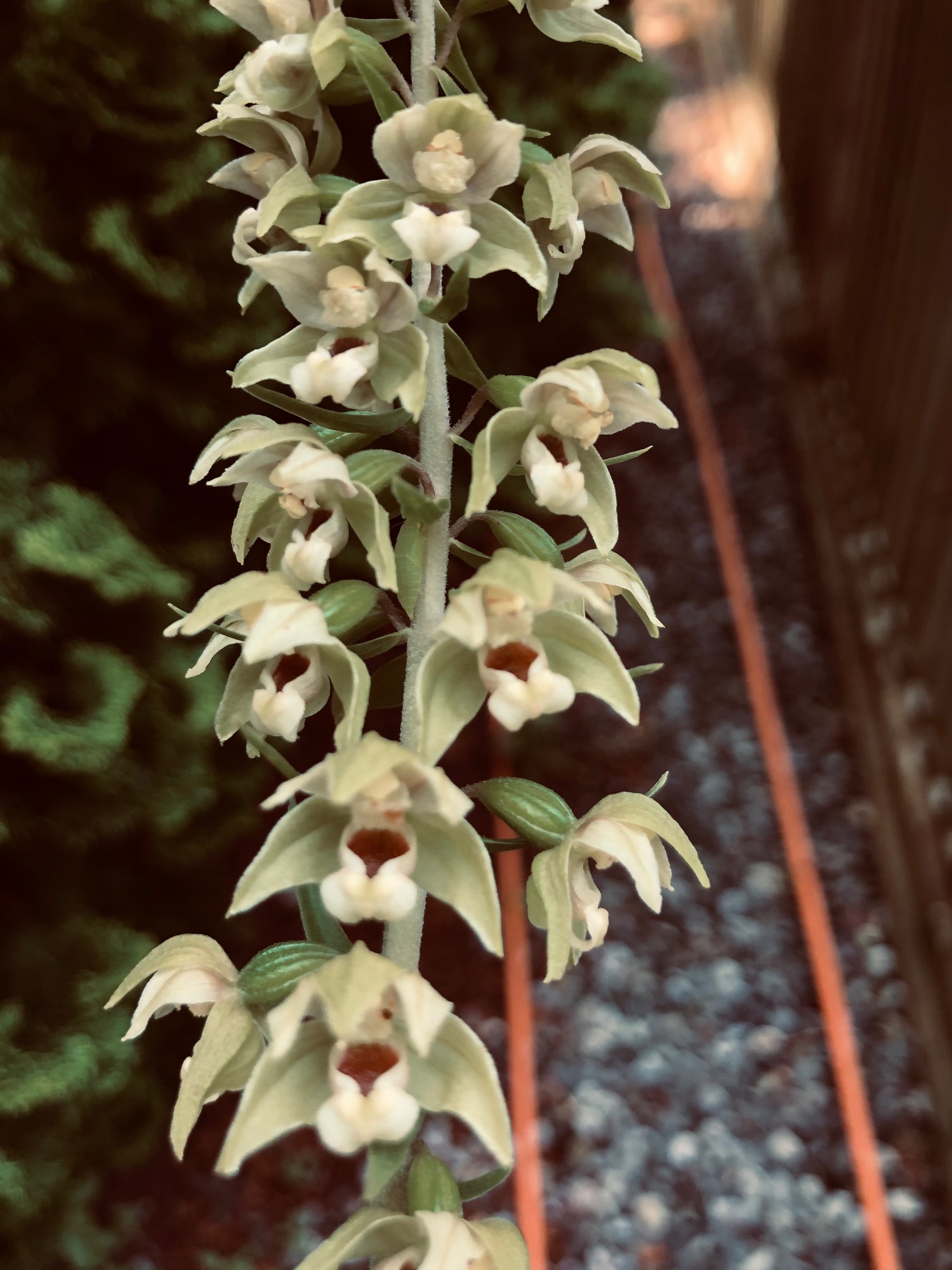Glance Back:
The recently enacted 2021 Infrastructure Act contains an important provision providing financial assistance–two million a year for five years—to assist States in adopting pollinator-friendly practices and in creating pollinator-friendly habitats along roads and highways. This addresses, in part, the sharp decline in pollinator populations—bees, butterflies, et al.— which threatens our food supply. Pollinators are essential to agriculture: Approximately one third of the food we eat would not exist without them.
Pesticides and climate change—flooding, hurricanes, wildfires, drought— are major causes of pollinator loss. In 2015, the serious threat to bees led President Obama to create a study task force which, after investigation, called on the Department of Agriculture to track colony loss and to restore millions of acres of land to pollinator habitat. Needless to say, that hasn’t happened: Greatly reduced colonies of rented bees are now trucked all over the country to pollinate crops. Hopefully, Federal financial support will make a difference.
We too can help pollinators by growing a diversity of plants with a succession of bloom throughout the growing season and by eliminating pesticides in our gardens. I don’t grow crops but I would not want a garden without the joyful presence of butterflies and bumblebees. One of my favorite pollinator-friendly plants is yellow foxglove (Digitalis grandiflora) which has thickly seeded itself in the gravel driveway and gravel paths. Bees love it. And so do I. Photos below. ( Yes, foxgloves are tennis fans.)
In 2021, orchids (Epipactis helleborine) also volunteered in the driveway and paths. The plants have pleated leaves and short stems entirely covered with tiny, exquisite flowers. The orchid is native in Europe and has naturalized here. It was discovered in New York in 1879 and many gardeners call it the weedy orchid and pluck it out. Not me. I think it’s special. Photos below.
Another special plant is a Rhododendron I’ve had for years but it flowered for the first time in 2021, producing elegant, bi-color pink and primrose-yellow bells. Talk about the wow factor! All my Rhododendrons bloomed like crazy last year but this one dazzled. Its tag is long gone. Can anyone identify? Photo below.
Finally, I was very impressed with Salvia Rockin’ Playin’ The Blues. I planted it last Spring and it bloomed all Summer, Fall, and into Winter. December Photo below. (See also the March 28 post, “Early Spring/2021: Expectations”.)
Alas, 2021 was not all good. Hostile anti-vaccine and anti-mask agitators increased the life-threatening risk of Covid infection. And, on January 6, treasonous, domestic-terrorist thugs stormed the Capital intent on violently overthrowing our newly elected government. Very scary.
Look Forward:
Years ago, The New York Times Metropolitan Diary reported the following conversation between two women:
Woman one: “This morning I listened to NBC. They predicted a very cold day and possible heavy rain or snow flurries.”
Woman two:” I listen to CBS. They usually predict much better weather.”
Hopefully, thanks to the House Select Committee investigating the January 6, 2021 insurrection and to the United States Department of Justice, 2022 may yet prove to be a CBS kind of year.
The mail-order plants I’ve purchased for 2022 make me happy. (Remember happy?) And I’ve been informed that a new mail-order Nursery, Deer Country Gardens, will open this year, specializing in deer-resistant native perennials. Something to look forward to. Much to talk about and share.
Wishing you all a Wonderful, Safe, and Healthy 2022!





